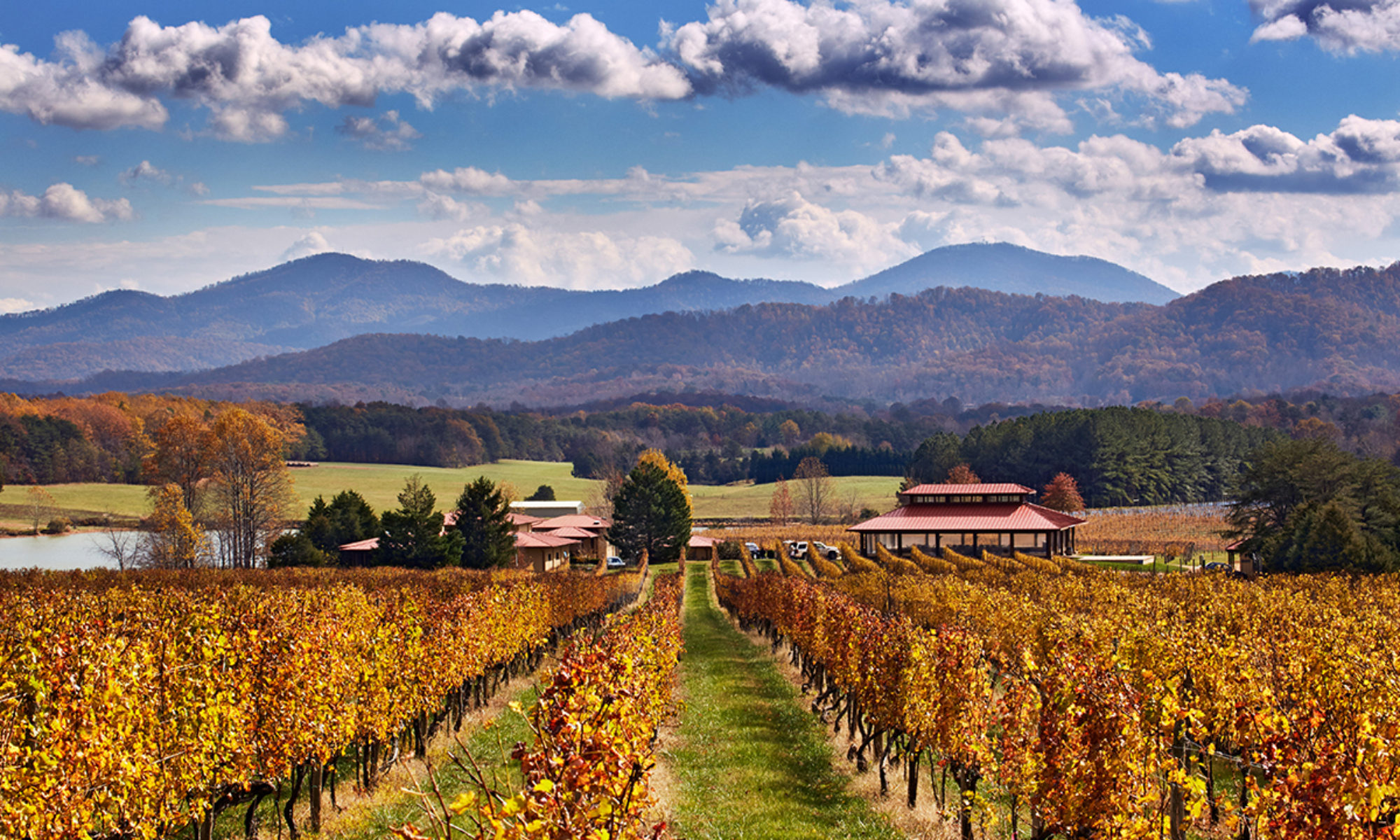Mountain Run Winery
Located a few minutes west of Culpeper, off of Route 29, about 90 minutes from Washington. The 75-acre farm was purchased by David Foster after stints teaching at George Mason and deployed in action in Iraq, hearkening back to 9th generation ancestors who emigrated to Culpeper from Ireland. A small winery in its early stage, with one acre of vines planted in 2015, another in 2016 and more planned.
Wine. One of the Top 50 wineries in Virginia. Mountain Run made the biggest splash in its short existence at the 2023 Virginia Governor’s Cup state-wide wine tasting competition, garnering three gold medals – one of very few wineries to pull off the feat. Gold medals were awarded to the Mountain Run 2021 vintage Petit Manseng, Petit Verdot and Viognier. The Petit Verdot was named by the judging panel as part of the “Governor’s Case,” the top 12 wines in the state for the year. In addition, silver medals were awarded at the Governor’s Cup for their 2017 Merlot, 2018 Meritage and 2021 Oaked Chardonnay, and bronze medals for their 2017 Shiraz, 2018 Cabernet Sauvignon and 2019 Norton. Mountain Run wines also received a pair of silver medals at the 2022 Atlantic Seaboard Winery Association competition, for the 2017 Cabernet Sauvignon and 2018 Meritage. Early vintages were from grapes sourced from partner winery Altillo, located in Hurt, Virginia.
Setting. The tasting room is one of the most unusual you will ever see, situated in an old corn crib. Nice grounds, with a 19th century farmhouse, and close to beautiful Lake Pelham. Lots of wildlife around of which you may catch a glimpse.
Stories. One star. The Culpeper Museum. Originally named Fairfax, and surveyed by a young George Washington, nearby Culpeper today is a town of 20,000 about 90 minutes southwest of Washington. It is the seat of Culpeper County, filled with farmland and several antebellum mansions in the rolling hills of Virginia’s Piedmont. On a visit to nearby wineries, or on the way to the Monticello AVA vineyards, the Culpeper Museum is a great place to stop. Two unique exhibits are especially worth attention. (A) One is the Native American exhibit, focused on the Manahoac people. This confederation of tribes stayed in the Piedmont where they hunted, fished, and created tight-knit communities near Culpeper. Virginia’s Piedmont was, during the early 17th century, occupied mainly by Sioux language speakers such as the Manahoac. Much like other Sioux speaking people whose territories lay much further west, they made the buffalo hunt a big part of their culture. The idea of buffalo in Virginia may sound odd when driving through the expanding Washington DC suburbs, or when taking off from Dulles Airport, but buffalo were found in what is today Loudoun County – prime wine territory — as late as the 1730s. No need however to worry about one crossing the runway in front of your plane today, alas. Before the age of European settlement, the Manahoacs had left the area to follow the herds of bison west over the Blue Ridge Mountains. The Museum has wonderful examples of their stone tools, weapons and projectile points, and even a lovely chain ornamentation made from deer bone. (B) The second exhibit to note goes much, much farther back. 200 million years back. More than 215 million years ago dinosaurs roamed the region we now call the Virginia Piedmont. In 1989, evidence of the existence of these great beasts was unearthed at a quarry near Culpeper. What was discovered was, at the time, the largest concentration of dinosaur tracks on Earth. Nearly 5,000 tracks, most from the “Anchisauripus Parallellus,” a four-legged carnivore (and an ancestor of the infamous raptor). Check out a set at the Museum.
